International Heritage Centre blog
“Almost demented with hunger and fear:” Easter 1916
“Almost demented with hunger and fear:” Easter 1916
This Easter sees the centenary of the republican Easter Rising against British rule in Ireland. The Salvation Army had first established a presence in Dublin, where the majority of the violence associated with the Rising took place, in 1889. By 1916 The Salvation Army had 4 chapels (known as ‘Corps’), a ‘slum post’ and a men’s shelter in the city. The events of the Easter Rising were widely covered in the British press, and the periodicals of The Salvation Army prove to be no exception. Three articles published in the evangelical newspaper The War Cry and the social work magazine The Deliverer between May and June 1916, provide a unique perspective on what one article refers to as “the lamentable rising in Dublin.”
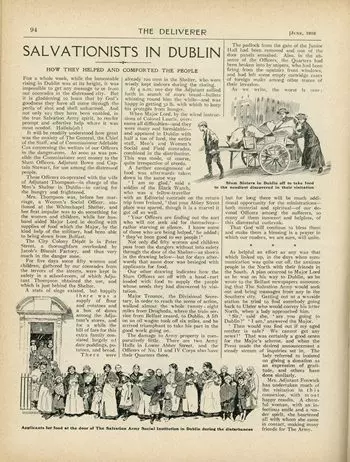
The articles make it clear that The Salvation Army was not directly involved in the seven days of fighting and that none of its ministers (known as ‘Officers’) were injured. The rising had, instead, “provided one more opportunity for a display of courage, devotion, and solicitude for others on the part of Officers… who by God’s goodness have all come through the perils of shot and shell unharmed.”
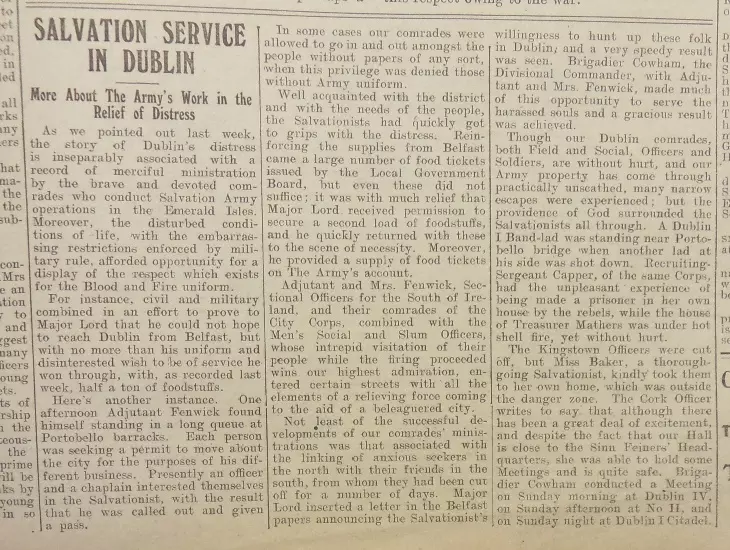
While the majority of the fighting was focussed on the General Post Office (GPO) in Sackville Street, The War Cry reported that “a considerable amount of Army property in Dublin is situated in the area more immediately affected by the disturbances,” around the Jacob’s biscuit factory which was also occupied by republican forces. The Salvation Army’s ‘slum post’ was opposite the factory and the Officers there, Adjutant Brown and Captain Stewart, were sent funds from Headquarters in London to buy food and provisions for local people, as food distribution around Dublin was severely disrupted. Ensign Thompson and his wife were stationed at the nearby men’s shelter in Peter Street (pictured below), overlooked by the biscuit factory. Mrs Thompson’s “first impulse was to do something for the women and children, while her husband aided Major Lord in dealing with supplies of food which the Major, with the help of the military, had been able to bring down from Belfast.” A church and school-room adjoining the Shelter were requisitioned and used to shelter “some fifty women and children who were almost demented with hunger and fear.” In the shelter “a state of siege existed” and when the Ensign went out “in search of more bread at four o’clock in the morning… bullets whizzed around him.”
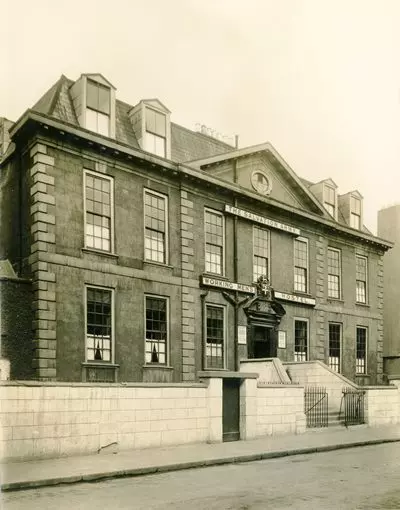
For many days after the Rising, the shelter continued to be “besieged with applicants for food”. The Slum Officers also distributed food by handcart and “entered certain streets with all the elements of a relieving force coming to the aid of a beleaguered city.” Illustrations of both these events were included in The Deliverer article.
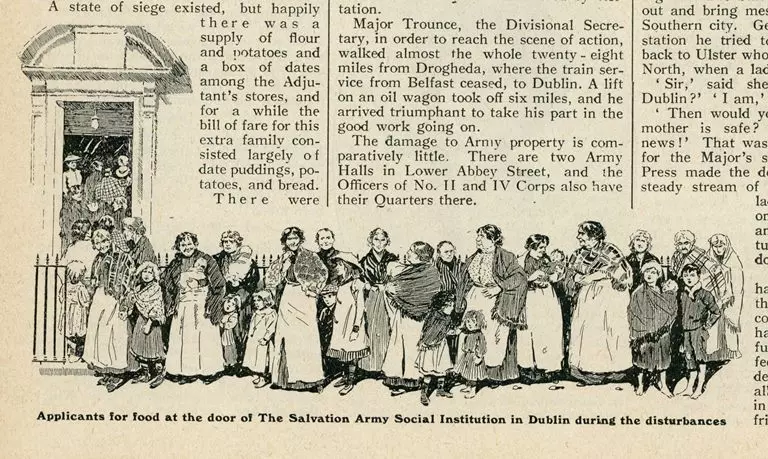
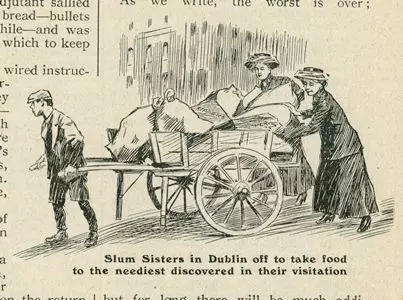
Nearer to the GPO itself, The Salvation Army had two halls in Lower Abbey Street, as well as two houses serving as quarters for Officers. The door to one of these houses was broken down by “some of the rebels” and “snipers… had been firing from the upstairs front windows, and had left some empty cartridge cases of foreign make among other traces of their invasion.” The latter being a reference to the republicans’ acquisition of weapons and munitions from Germany and other nations belligerent to Britain in the First World War.
The articles go on to detail how The Salvation Army used its presence in both Belfast and Dublin to set up an informal communication system between the two cities during the period of martial law following the Rising: “Not least of the successful developments of our comrades ministrations was that associated with the linking of anxious seekers in the north with their friends in the south, from whom they had been cut off for a number of days, Major Lord inserted a letter in the Belfast papers announcing the Salvationist’s willingness to… seek out and bring messages from any… in Dublin, and a very speedy result was seen.”
The following photograph of the destruction in Dublin around the GPO after the Rising is taken from the collections of the National Library of Ireland (Ref: Ke 121) via Flickr Commons.
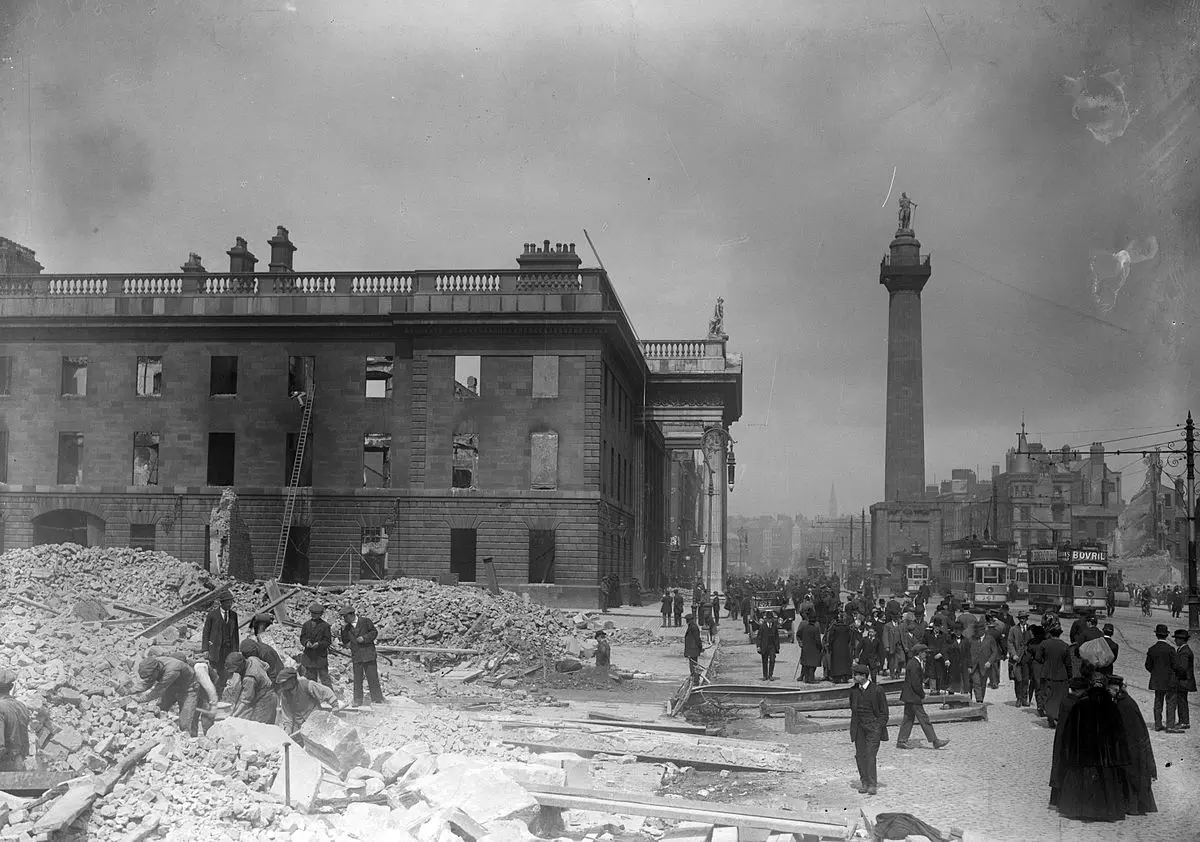
Steven
March 2016
Read other blogs from the Heritage Centre
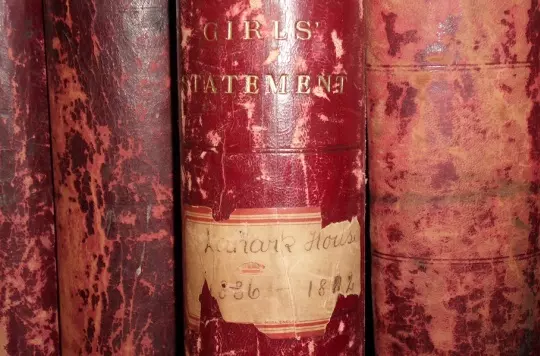
A lesson in judging books by their covers
Looking at the above picture you’d be forgiven for thinking that the volume in the centre would be easy to describe in our archive catalogue...
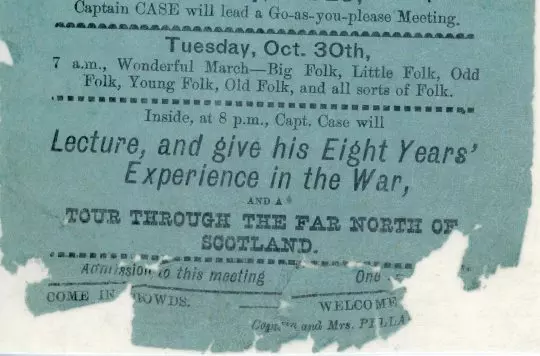
Paul O'Grady and The Salvation Army in Merseyside
When Paul came to visit the Heritage Centre, we showed him material from the archives that would help bring back memories of his early encounters with The Salvation Army in Merseyside...
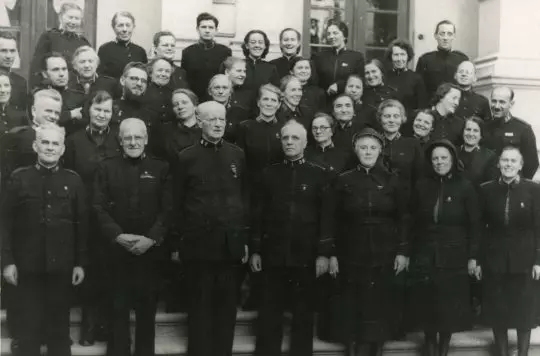
From bad to worse: The Salvation Army in communist Czechoslovakia
Papers from our archive detail the problems The Salvation Army experienced following the nationalisation of churches in Czechoslovakia in 1949 ...
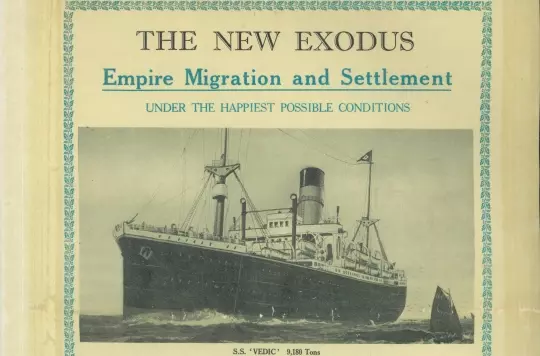
'The New Exodus': The Salvation Army and Emigration
It is a little-known fact that The Salvation Army was the United Kingdom's largest voluntary migration society in the first half of the twentieth century ...